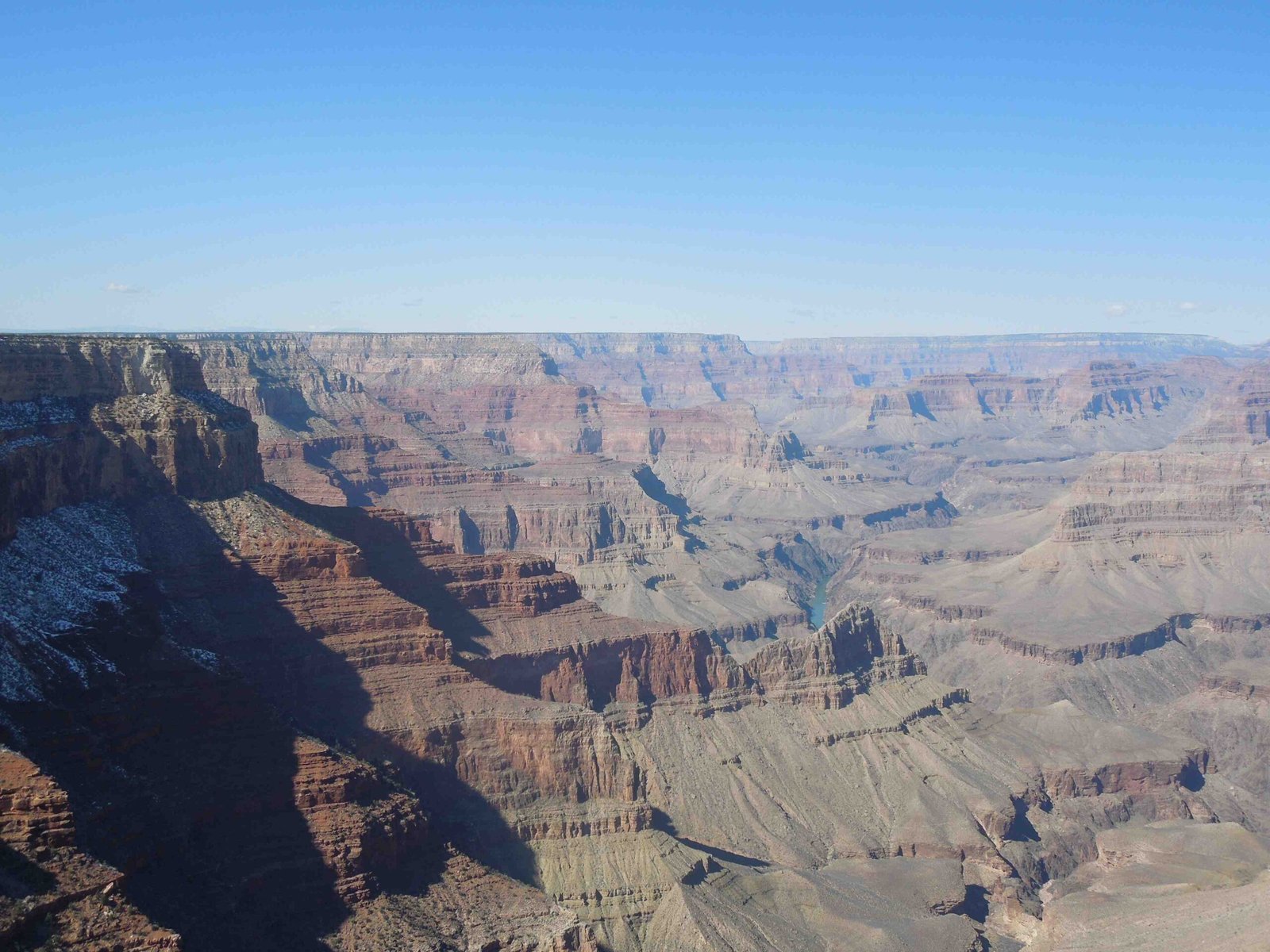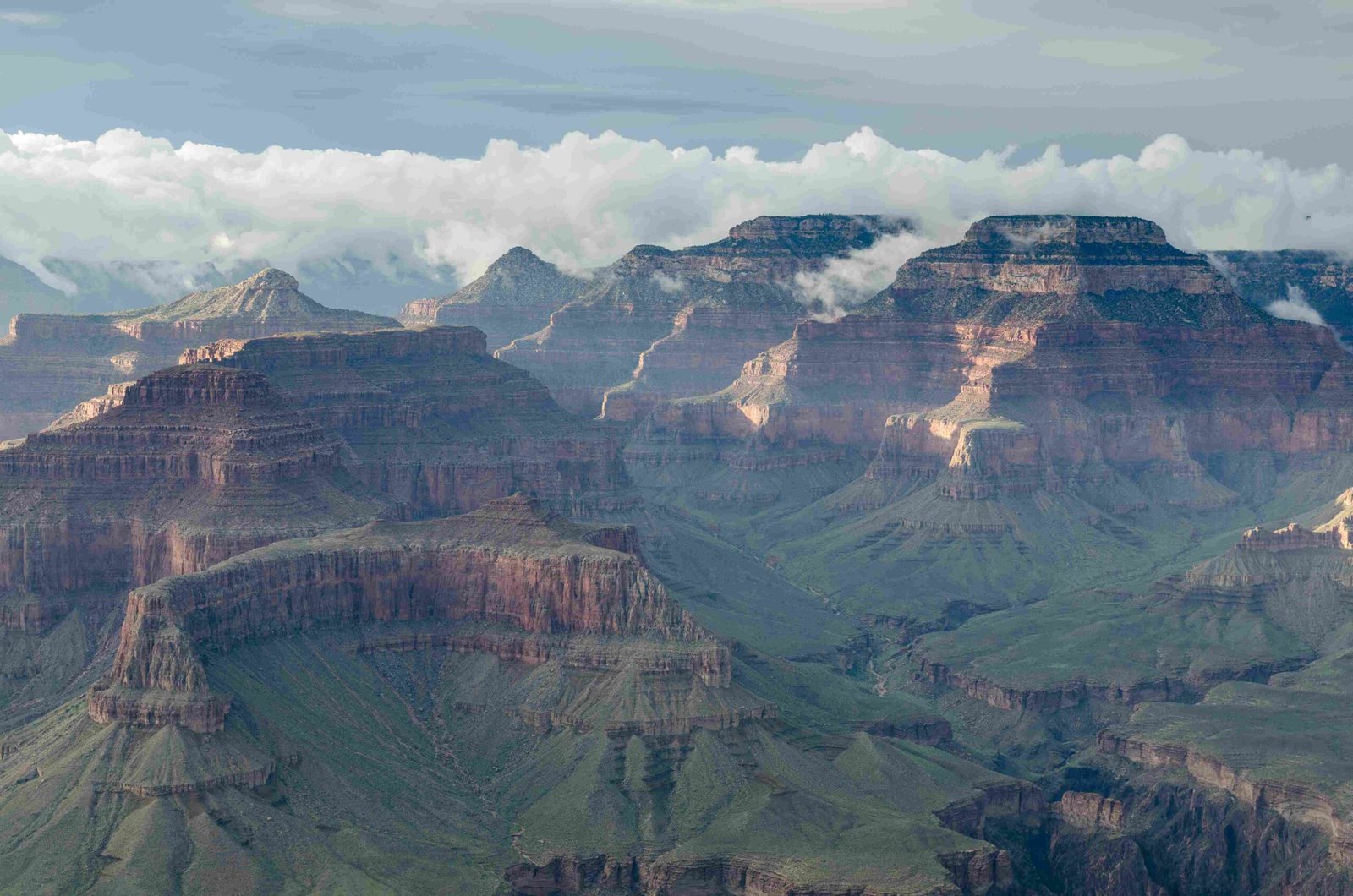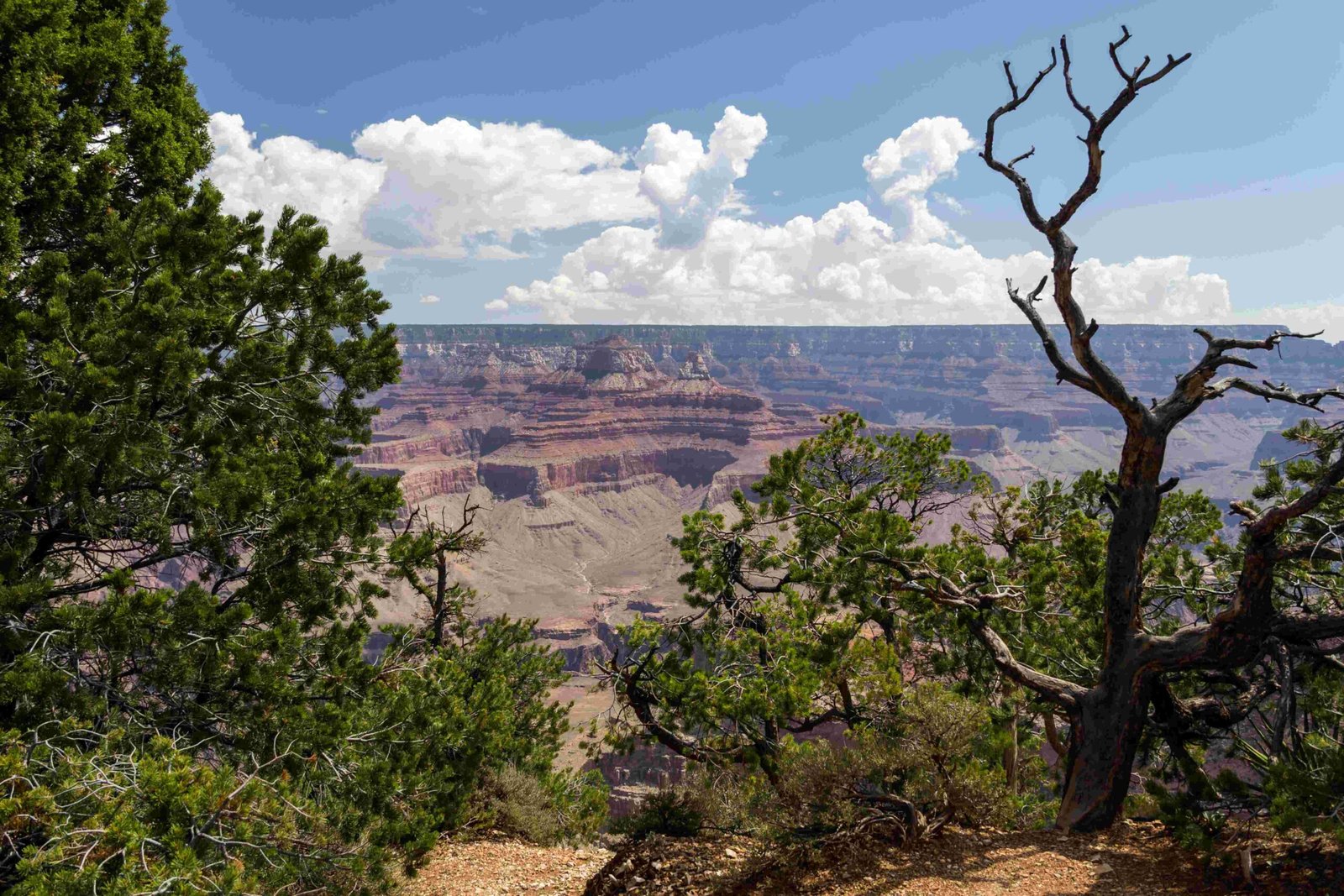The Grand Canyon, while iconic and breathtaking, is not the world’s deepest canyon. Despite its impressive geological significance, it ranks third globally in canyon depth, with the Yarlung Tsangpo Grand Canyon in Tibet and Peru’s Colca Canyon surpassing its remarkable 6,093-foot depth. This comprehensive exploration reveals the fascinating world of canyon depths and the Grand Canyon’s unique geological characteristics.
What Makes the Grand Canyon Unique?

The Grand Canyon represents more than just its depth—it’s a geological marvel that tells a complex story of Earth’s geological history. While not the deepest, it remains one of the most scientifically significant and visually stunning natural formations on the planet.
How Deep is the Grand Canyon?
| Canyon Location | Depth (Feet) | Depth (Meters) |
|---|---|---|
| Grand Canyon | 6,093 | 1,857 |
| Yarlung Tsangpo Grand Canyon | 19,714 | 6,009 |
| Colca Canyon | 13,600 | 4,150 |
| Hells Canyon | 7,993 | 2,436 |
Why Isn’t the Grand Canyon the Deepest?
The Grand Canyon’s depth is primarily determined by geological processes involving the Colorado River’s erosion over millions of years. Unlike the Yarlung Tsangpo Grand Canyon, which benefits from extreme tectonic activity and Himalayan elevation, the Grand Canyon developed through more gradual erosional processes.
Comparative Canyon Characteristics

Geological Composition
The Grand Canyon’s geological layers provide a remarkable window into Earth’s history:
- Exposed Rock Layers: Spanning approximately 1.8 billion years
- Rock Types:
- Sedimentary rocks
- Metamorphic formations
- Igneous rock structures
Elevation Variations
- North Rim: Peaks at 8,000 feet above sea level
- South Rim: Average elevation around 6,800 feet
- Colorado River Bottom: Approximately 2,200 feet above sea level
Scientific Significance Beyond Depth
While not the deepest, the Grand Canyon offers unparalleled geological insights:
- Continuous rock layer exposure
- Minimal tectonic disruption
- Clear chronological geological record
- Diverse ecological zones
Factors Determining Canyon Depth
Several critical factors influence canyon depth:
– Tectonic plate movements
– River erosion rates
– Regional geological history
– Climate and weathering processes
Global Canyon Context
The Grand Canyon represents an extraordinary geological formation, even if it doesn’t claim the “deepest canyon” title. Its scientific value transcends mere measurements, offering researchers and visitors an unparalleled glimpse into Earth’s complex geological narrative.
Key Takeaways
- The Grand Canyon is not the world’s deepest canyon
- Depth ranking: Third globally
- Exceptional geological and scientific significance
- Unique erosional and depositional history
Conclusion
The Grand Canyon’s importance lies not in its depth but in its comprehensive geological story. Its layers, formations, and intricate landscape provide invaluable insights into our planet’s remarkable geological evolution.

